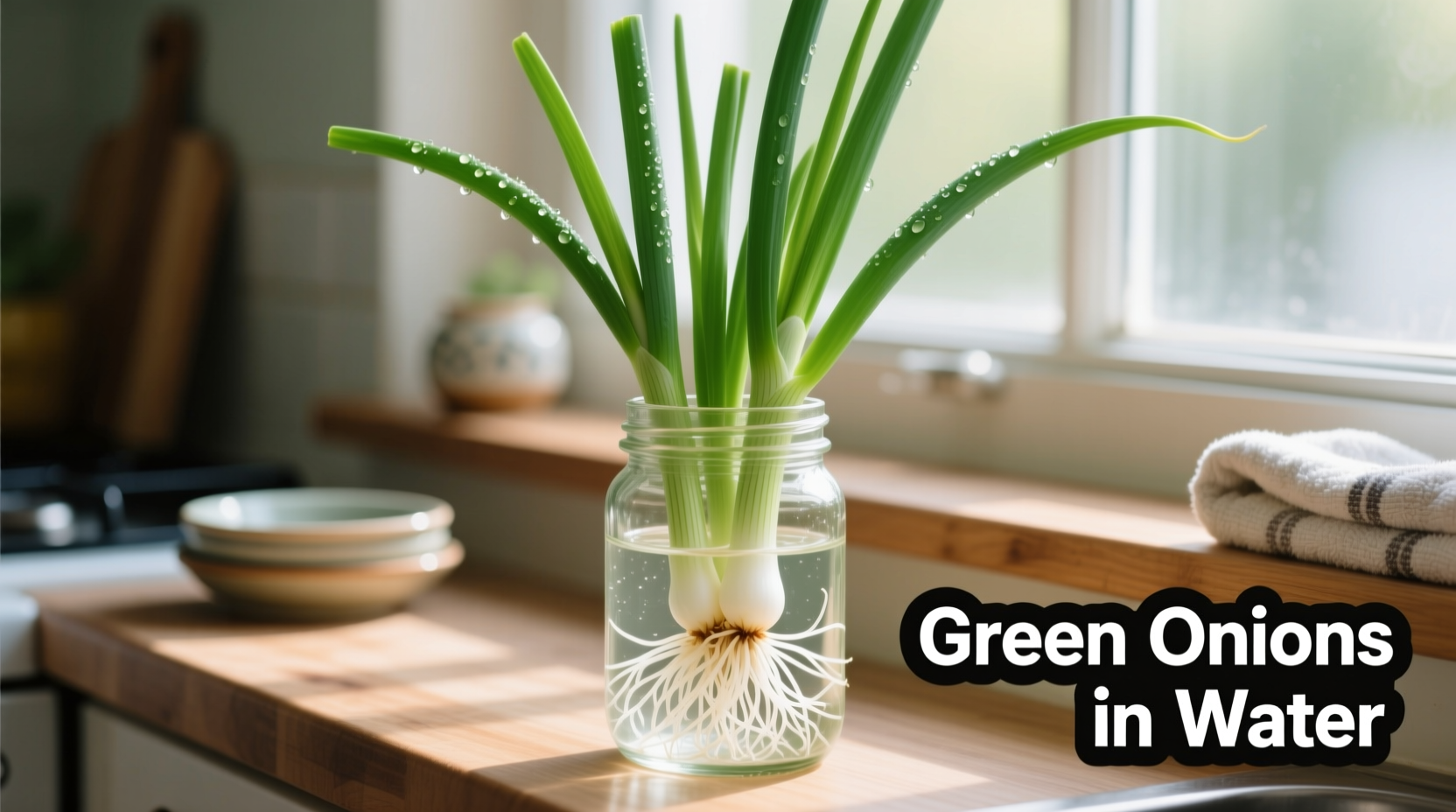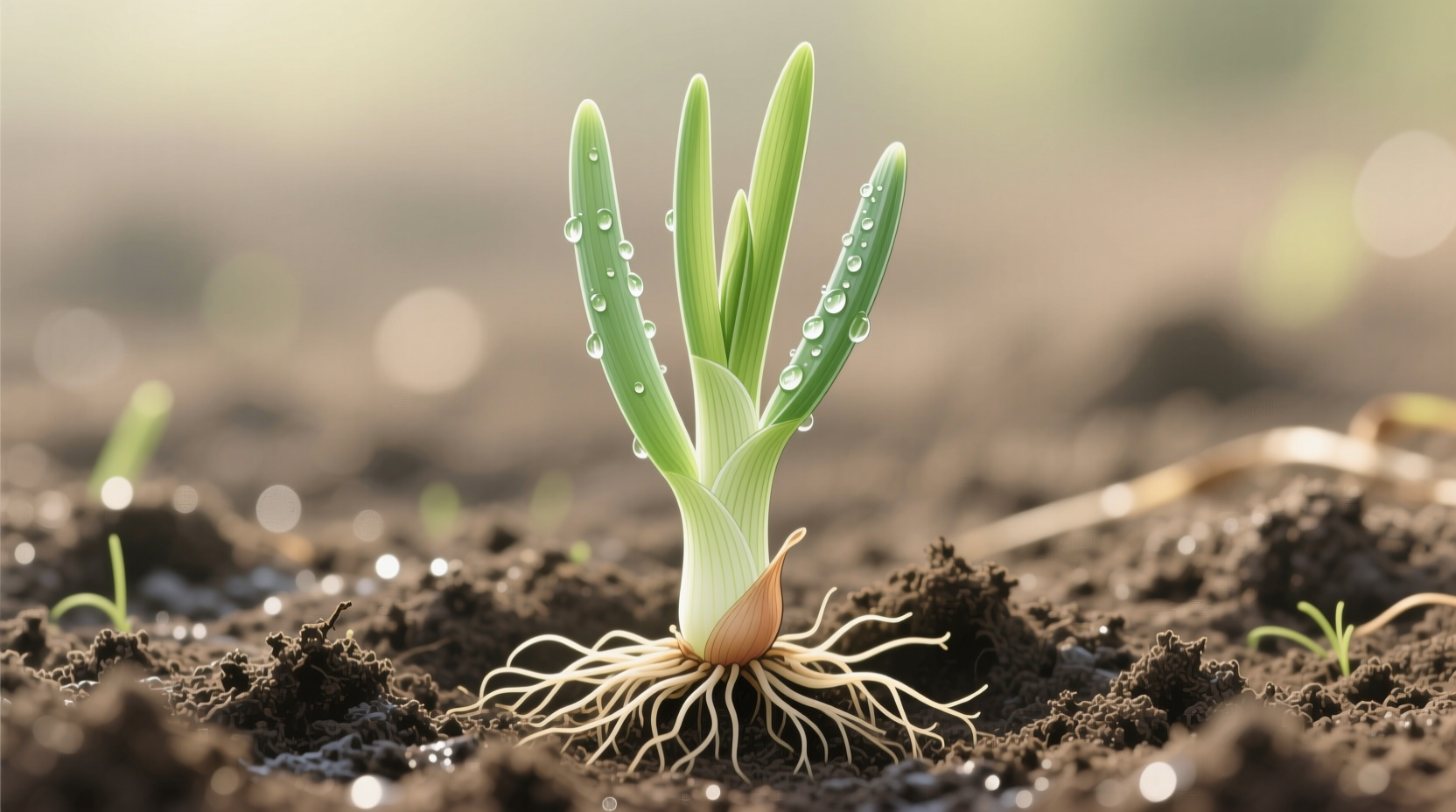Imagine harvesting crisp, fresh green onions for your meals just weeks after planting—no special gardening skills required. Whether you have a sprawling backyard or just a sunny windowsill, growing your own green onions guarantees superior flavor and eliminates grocery store markups. This comprehensive guide reveals proven techniques that deliver continuous harvests with minimal effort.
Planning Your Green Onion Growing Project
Successful green onion growing starts with proper planning. These versatile alliums thrive in USDA hardiness zones 3-10 but can be cultivated year-round indoors with proper lighting. The optimal planting window varies by method:
| Growing Method | Best Planting Time | Time to Harvest | Yield Potential |
|---|---|---|---|
| From seeds | Early spring or fall | 8-12 weeks | High (multiple harvests) |
| From sets | Late winter to early spring | 4-6 weeks | Moderate (single harvest) |
| Regrowing scraps | Any time | 1-2 weeks | Low (limited regrowth) |
University of California Cooperative Extension research confirms that seed-grown onions develop more complex flavor profiles compared to set-grown varieties, though sets provide faster initial results. For continuous harvests, plant new batches every 2-3 weeks throughout the growing season.
Essential Growing Conditions for Success
Green onions require specific environmental conditions to thrive. The ideal growing parameters include:
- Soil requirements: Well-draining loam with pH between 6.0-7.5 and organic matter content of at least 2%
- Sunlight needs: Minimum 6 hours of direct sunlight daily (8+ hours for optimal growth)
- Temperature range: 55-75°F (13-24°C) for active growth; can tolerate light frosts
- Watering schedule: Consistent moisture without waterlogging (1 inch per week)
Container growers should use pots at least 6 inches deep with drainage holes. A Cornell University study found that containers with 8-10 inch depths produced 30% larger bulbs and more vigorous top growth compared to shallower containers. Fill containers with a mix of 60% potting soil and 40% compost for ideal nutrient balance.
Step-by-Step Planting Techniques
Follow these proven methods for successful green onion growing:
Starting from Seeds
Plant seeds ¼ inch deep in prepared soil, spacing them 1 inch apart in rows 12 inches apart. Keep soil consistently moist until germination (typically 7-14 days). Thin seedlings to 2-inch spacing when they reach 4 inches tall. This method produces the most robust plants but requires patience.
Using Sets for Faster Results
Plant onion sets 1 inch deep with pointed ends up, spacing them 2 inches apart. Water thoroughly after planting. Sets typically produce harvestable green onions in 4-6 weeks. The USDA Agricultural Research Service notes that sets planted in early spring yield the strongest flavor profile.
Regrowing from Kitchen Scraps

Place root ends (1-2 inches of white base) in a glass of water, changing water every 2-3 days. Position in bright indirect light. Harvest new growth when 4-6 inches tall. While convenient, this method produces less robust plants than soil cultivation. Texas A&M AgriLife Extension recommends transplanting water-regrown onions to soil after 2-3 harvests for sustained production.
Proper Care for Maximum Yield
Maintain consistent care throughout the growing season:
- Fertilizing: Apply balanced 10-10-10 fertilizer every 3-4 weeks or use compost tea for organic nutrition
- Weed control: Hand-pull weeds carefully to avoid damaging shallow roots
- Pest management: Monitor for thrips and onion maggots; use row covers for prevention
- Disease prevention: Rotate crops annually and avoid overhead watering to prevent fungal diseases
Green onions benefit from occasional side-dressing with nitrogen-rich fertilizer when tops reach 6 inches tall. The National Gardening Association reports that plants receiving supplemental nitrogen produce 25% more leaf growth without compromising flavor quality.
Harvesting and Storage Techniques
Harvest green onions when tops reach 6-8 inches tall and bases are pencil-thick. For continuous production, cut only the green portion, leaving 1-2 inches above the soil line. This technique allows regrowth for multiple harvests.
For storage, wrap unwashed onions in a damp paper towel inside a perforated plastic bag. Store in the refrigerator crisper drawer for up to 2 weeks. Freezing chopped onions in ice cube trays with water extends usability to 3 months.
Michigan State University Extension research shows that harvesting in the morning when temperatures are cooler preserves maximum flavor compounds and extends shelf life by 30% compared to afternoon harvesting.
Troubleshooting Common Growing Problems
Address these frequent green onion growing challenges:
- Yellowing leaves: Indicates nitrogen deficiency—apply balanced fertilizer
- Thin, weak growth: Usually caused by overcrowding—thin plants to proper spacing
- Fungal diseases: Appears as white spots—improve air circulation and avoid wetting foliage
- Pest damage: Small holes in leaves suggest thrips—use insecticidal soap
During hot summer months, green onions may bolt (send up flower stalks). The University of Vermont Extension advises cutting flower stalks immediately to redirect energy to leaf production. If bolting occurs repeatedly, switch to heat-tolerant varieties like 'Evergreen Hardy White' for better summer performance.
Season Extension Strategies
Extend your green onion growing season with these techniques:
- Use cold frames or row covers to protect plants from early frosts
- Plant in sheltered locations near south-facing walls for additional warmth
- Move container plants indoors when temperatures drop below 25°F (-4°C)
- Use grow lights for winter production (12-14 hours daily)
For indoor winter growing, maintain temperatures between 60-70°F (15-21°C) and provide 14 hours of artificial light daily. The Ohio State University Extension reports that green onions grown under LED grow lights with a color temperature of 5000K produce the most natural flavor profile.











 浙公网安备
33010002000092号
浙公网安备
33010002000092号 浙B2-20120091-4
浙B2-20120091-4